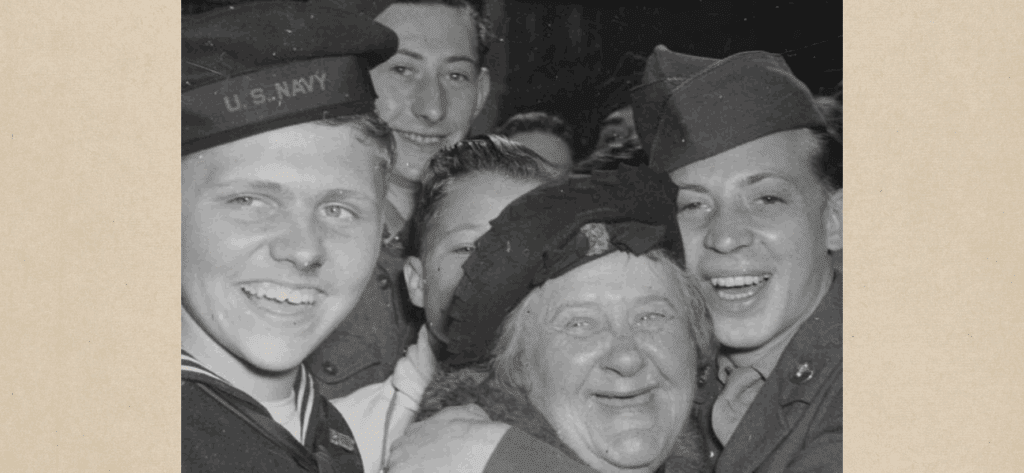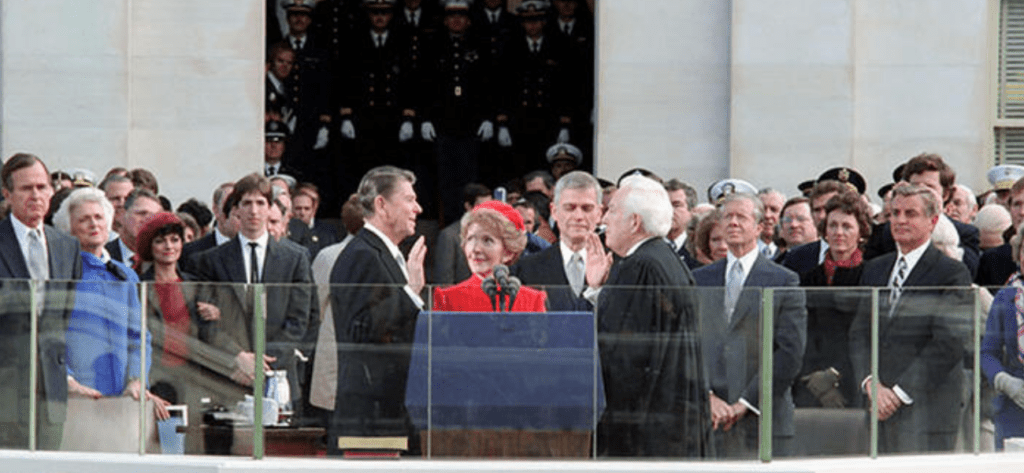On April 6, 1917, President Woodrow Wilson signed this joint resolution, ending America’s neutral stance on the ongoing global conflict – later deemed a “World War” – and formally declaring war against Imperial German Government.
Nearly three years earlier, Archduke Franz Ferdinand of Austria had been assassinated by a Serbian nationalist in Sarajevo on June 28, 1914. This triggered a series of conflicts that conflated into war across the European continent. The United States, however, sought to remain neutral through a policy of nonintervention.
In early 1917, that policy became unfeasible when Germany began attacking American ships, but President Wilson, who had campaigned on a platform of peace, remained hesitant to enter the fray. The final straw came when Great Britain shared the intercepted Zimmermann Telegram with the United States, revealing that Germany had promised American territory to Mexico in return for attacking the U.S. if it entered the war.
On April 2, 1917, President Woodrow Wilson made a special address before a joint session of Congress asking for a declaration of war against Germany. Both the Senate and the House of Representatives overwhelmingly voted in favor of going to war, and on April 6 President Wilson signed this formal war declaration, stating “that a state of war exists between the Imperial German Government and the Government and the people of the United States.”
In commemoration of the 100th anniversary of U.S. entry into World War I, this document was on display in the “Featured Documents” exhibit in the East Rotunda Gallery of the National Archives in Washington, DC, from April 4 through May 3, 2017.

This “Featured Document” exhibit was made possible in part by the National Archives Foundation through the generous support of Ford Motor Company Fund.




